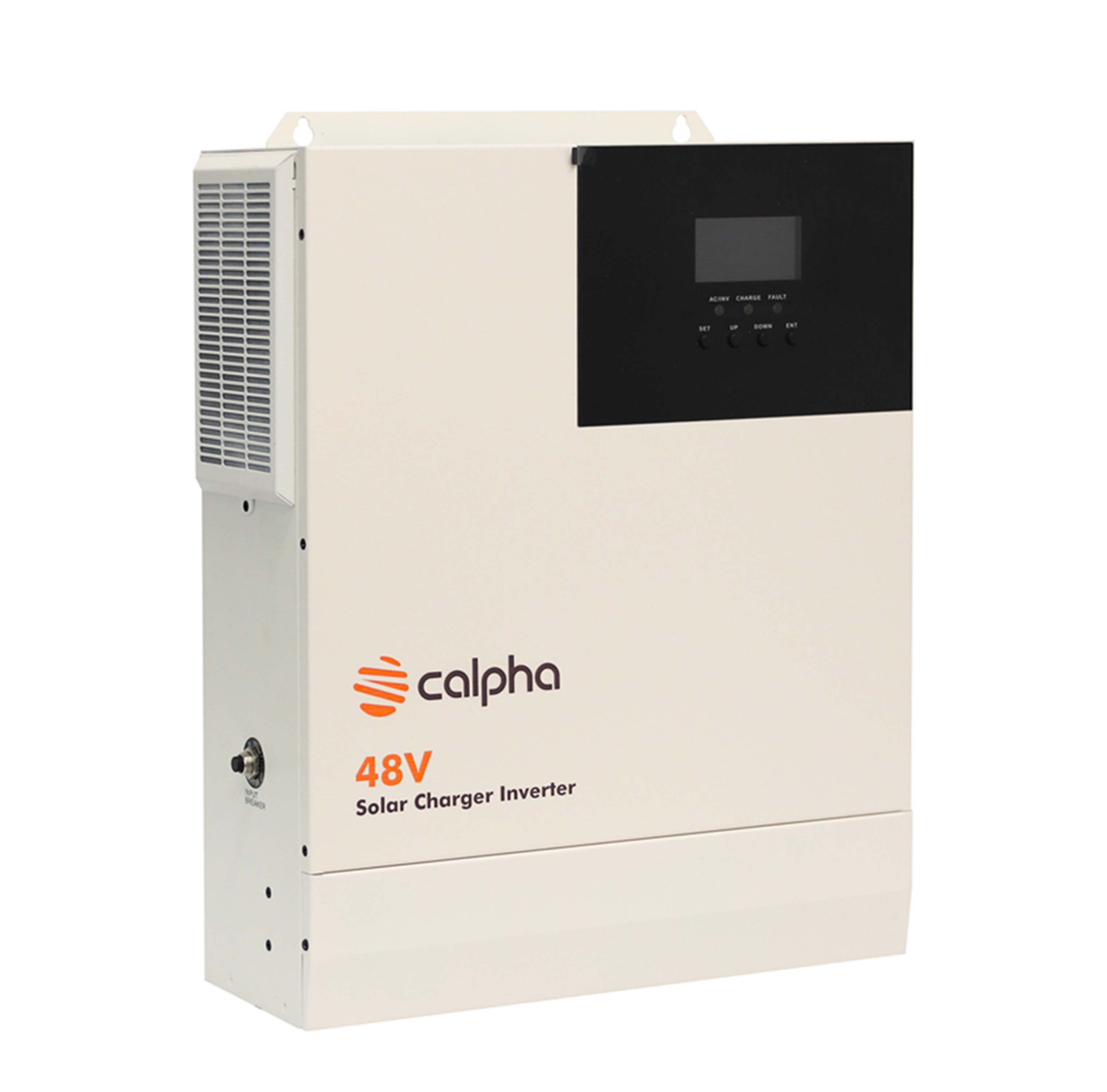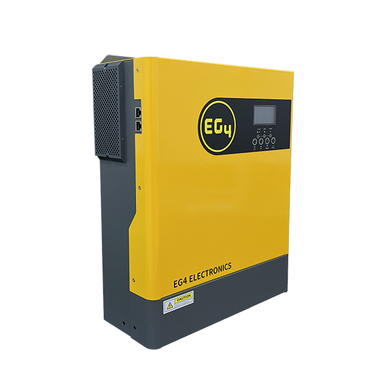Mountaineer
New Member
I'm still researching components for my mobile DIY build.
As part of that effort, I sent emails to Signature Solar and Calpha regarding charging with a portable generator.
While I haven't yet received a response from Signature Solar, Calpha did respond and they told me that I don't have to worry about voltage sag, dirty power, etc.
Here is the specific model that I was asking about.

 www.calpha.com
www.calpha.com
What would be the feature that gives the Calpha that capability, that the 3000EHV-48 does not have?

 signaturesolar.com
signaturesolar.com
Also, has anyone here tried out a Calpha solution?
As part of that effort, I sent emails to Signature Solar and Calpha regarding charging with a portable generator.
While I haven't yet received a response from Signature Solar, Calpha did respond and they told me that I don't have to worry about voltage sag, dirty power, etc.
Here is the specific model that I was asking about.

48V 3500W Pure Sine Wave Solar Power Charger Inverter | Calpha Solar
Compatible with 48V battery banks, this solar inverter charger integrates 80A MPPT solar charging, AC/generator battery charging, and battery inverting functions into a single, user-friendly solution.
 www.calpha.com
www.calpha.com
What would be the feature that gives the Calpha that capability, that the 3000EHV-48 does not have?

EG4 3kW Off-Grid Inverter | 3000EHV-48 | 3000W Output | 5000W PV Input | 500 VOC Input
Signature Solar provides solar panels, off-grid solar systems, grid-tie, and hybrid systems. Quality solar inverters, bifacial solar panels, complete solar kits, solar batteries. Featuring brands such as EG4 Electronics with their solar battery, LifePower4 and EG4 LLifePower4 and EG4 LL
 signaturesolar.com
signaturesolar.com
Also, has anyone here tried out a Calpha solution?




